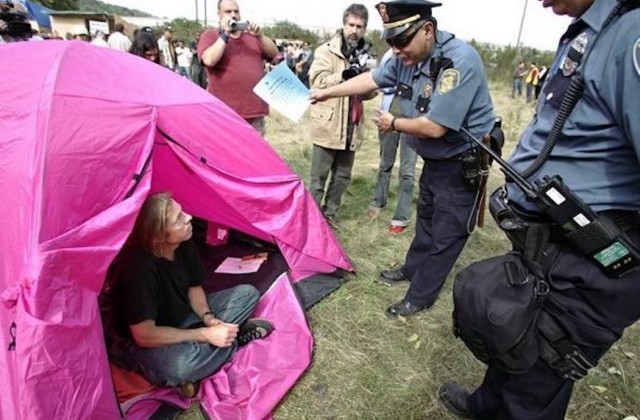Will City Pay Attention to Data on Homeless Resources or Just Keep Sweeping?
Someone sent me a report about homelessness by consultant group Focus Strategies. I agree with the substance and approach.
The report called, Seattle/King County: Homeless System Performance Assessment and Recommendations with Particular Emphasis on Single Adults was commissioned by United Way of King County, the City of Seattle, and King County.
The most compelling part of the report says that solving the homeless problem is largely doable with bold action and organizing existing resources better.
Seattle/King County has sufficient emergency shelter capacity to shelter all unsheltered single adult and family households by the end of 2017 by combining three initiatives: (1) eliminating low and moderately performing transitional housing (TH) projects; (2) reaching recommended system and program performance targets; and (3) implementing a well-functioning coordinated entry and diversion system (page 42).
It’s a smart and well done report and here are my thoughts.
I’ve visited with and written about the people working on these issues in Utah and Massachusetts (see Utah’s Strides On Chronic Homelessness Rely On Better … – Forbes and Massachusetts Tries A New Solution For Chronic … – Forbes). In both states, the first step was to define the highest cost and most chronic part of the problem. The report does that by focusing on about 5,000 households. And I appreciate the effort to prioritize current programs and funding to case manage and work these more challenging situations into more permanent and stable solutions.
The hard part is trying to get the Seattle City Council to, “Act with Urgency and Boldness” which the report has as one of its first recommendations. The City Council doesn’t know how to be bold unless faced with an angry mob with a clear and publicly unpopular antagonist like developers or landlords. Without an enemy to flay and a mob to cheer, they simply are incapable of making decisions that solve real problems.
Having said that, and in response to the report, I would enthusiastically support,
- The City needs to stop sweeps of homeless camps immediately — it makes no sense to destabilize households that have at least put together some kind of housing solution in the right of way. The City needs to work with these people to identify their issues and move them along a continuum of services. Many of these households are likely to be among the 5000 in the UW report; (see City Of Seattle Should Cooperate With Residents Of The Jungle – Forbes)
- The City must enhance its approach to people who are living in vehicles, share data with social workers and service providers working with those households, and create a better and more transparent protocol and modest funding stream for solving these shorter term problems. Too often these households lose their homes when they get towed away for lack of payment of tickets or for other parking infractions. Again, many of these households may be among the 5,000 in the UW report. (see: Home Is Where My Car Is: Murray’s Sledgehammer Approach … – Forbes)
- I agree with the much smarter and experienced people on what they are suggesting as the starting point (D.2.d, page 42 and following) for using resources.
- Recognize that the solution for these families is not going to be the construction of free standing units of housing;
- Levy dollars and other public resources should be directed to vouchers and cash payments as much as possible rather than adding these households to waiting lists for subsidized housing
- Prevention is important, and the Council needs to stop doing herm to the Multifamily Tax Exemption (MFTE) program by increasing inclusion rates and lowering Area Median Income (AMI) requirements. This doesn’t create more housing for poorer households, but fewer homes at 60 percent of AMI. If the Council wants to expand the reach of that program into lower levels of income it should expand the tax exemption and make it easier to use. This would prevent many households from having housing problems turn into housing crisis
- Explore the use of social investment capital by creating a better assessment of the costs of the 5000 households to taxpayers and then bond against the future reductions of those costs. In other words, raise private capital to address the problems now, then pay back the investors using the realized savings as the problem is solved. This is a HALA recommendation. see Tracking HALA: Ending Homelessness with Social Impact Bonds …
As I said, anyone using data and common sense is going to come to the conclusion that we can solve much of the homeless issue but it will take 90 percent of those resources to solve the last 10 percent. Any case manager or social worker will say that to the Mayor if he was willing to listen. Utah has had a lot of success with this approach of putting lots of effort into the people that are known to the system and taking time to move them along the continuum. Throwing away their tents and towing away their cars doesn’t do that, in fact it does the exact opposite perpetuating the problem.
This city seems obsessed with hating Trump while trying to wish and sweep away homelessness and lower prices by adding regulation and costs and taxes and fees to market rate housing and taking the money generated from taxes and giving it to non-profit developers who build $500,000 units that take 4 or 5 years to build. That doesn’t make any sense. What does make sense is taking this report seriously and doing something to implement the solutions it offers.


